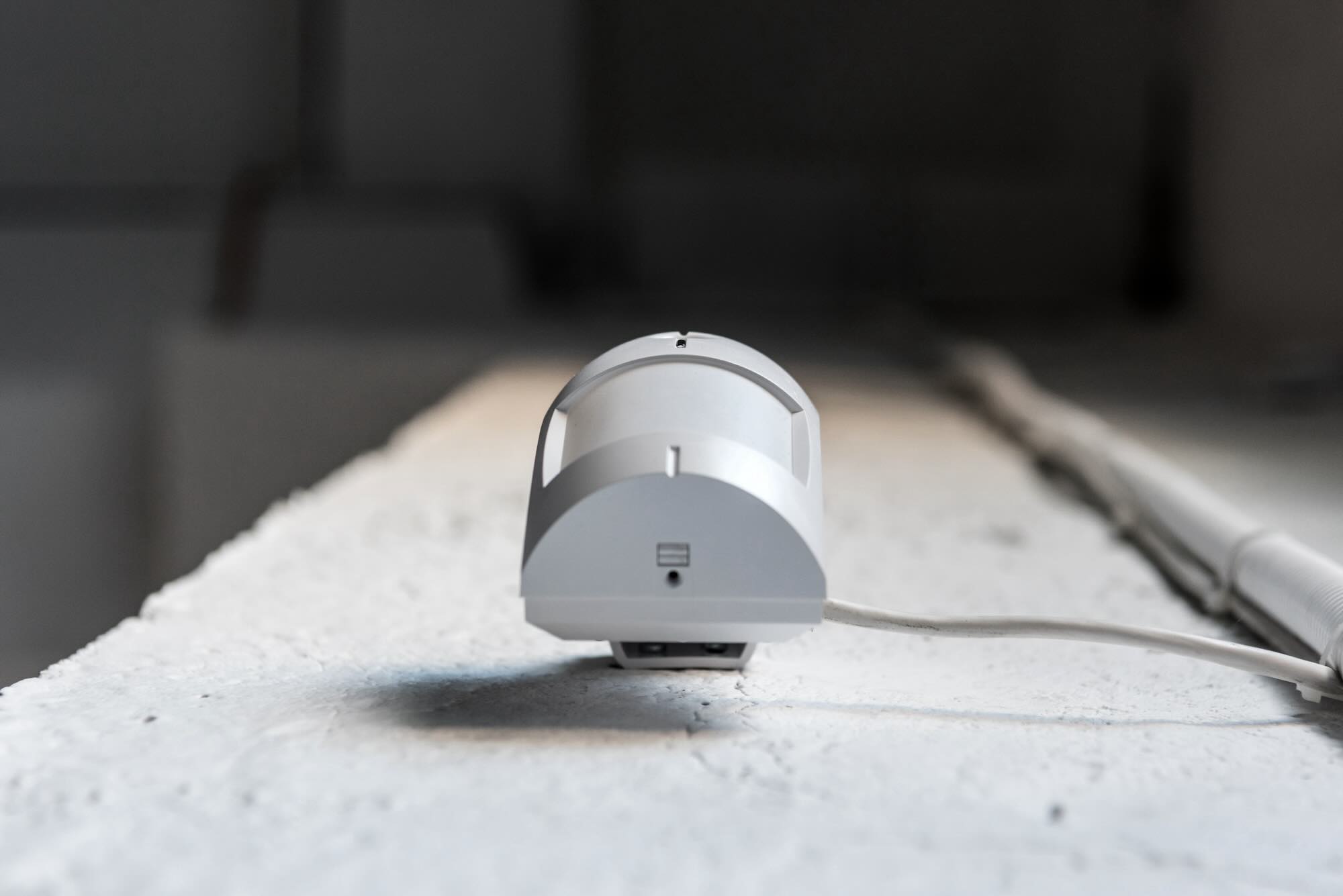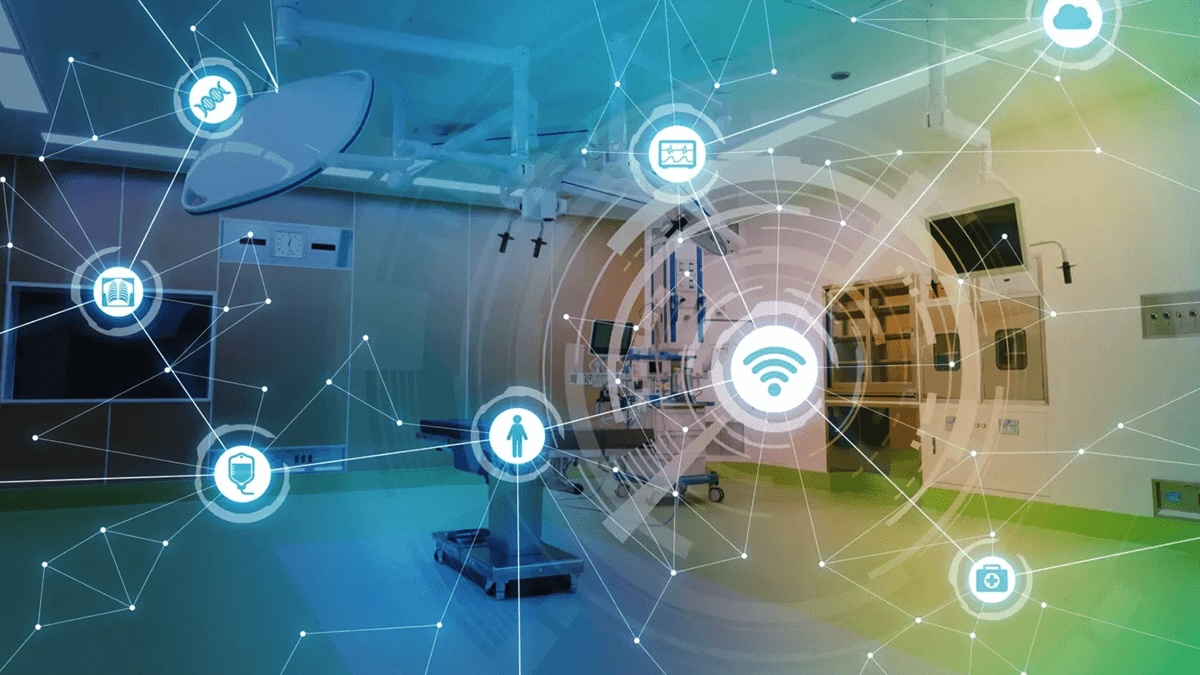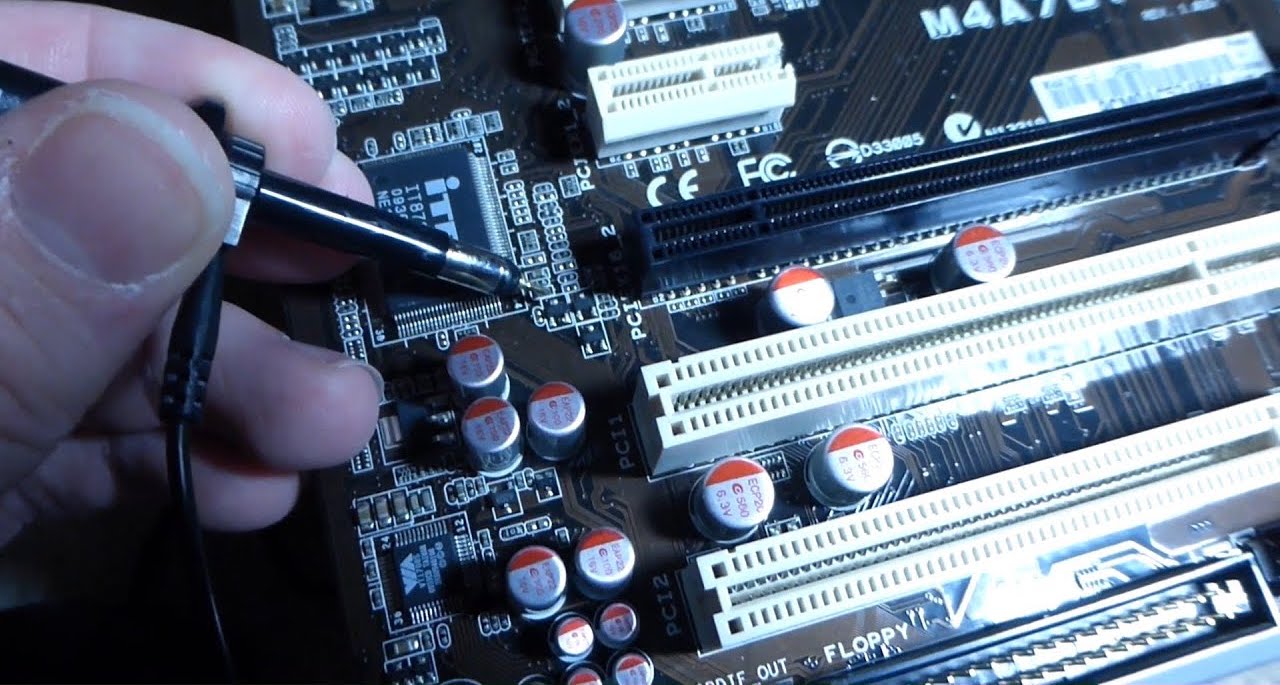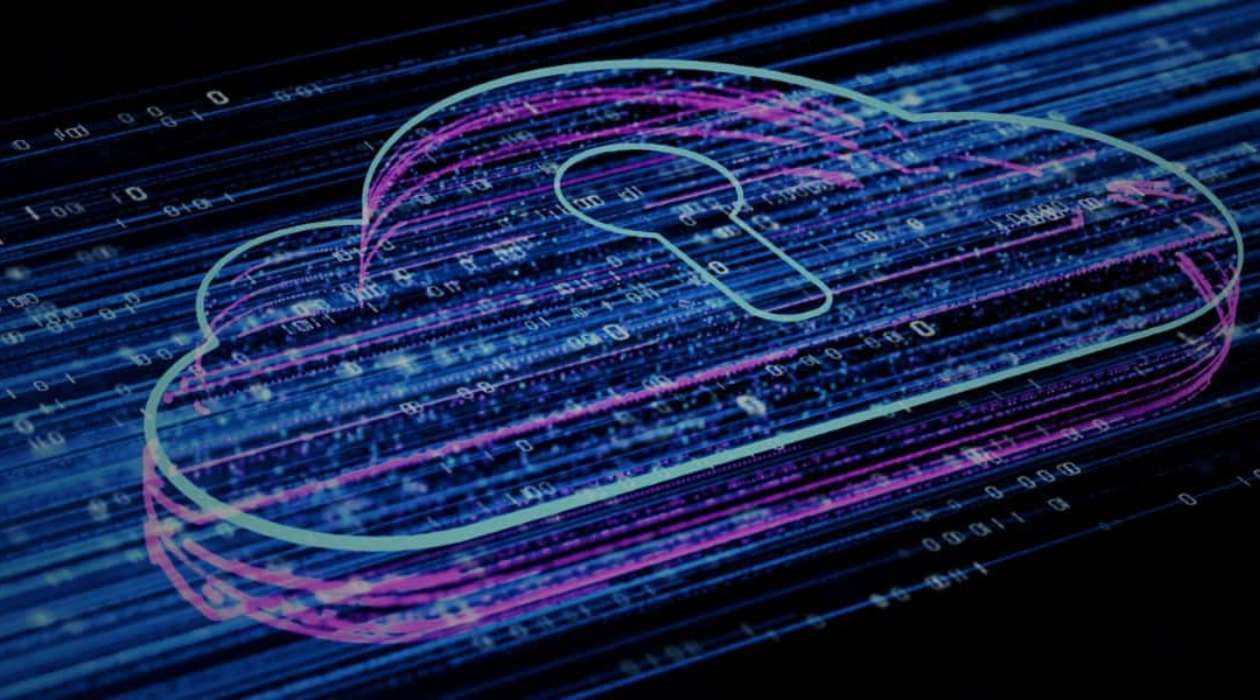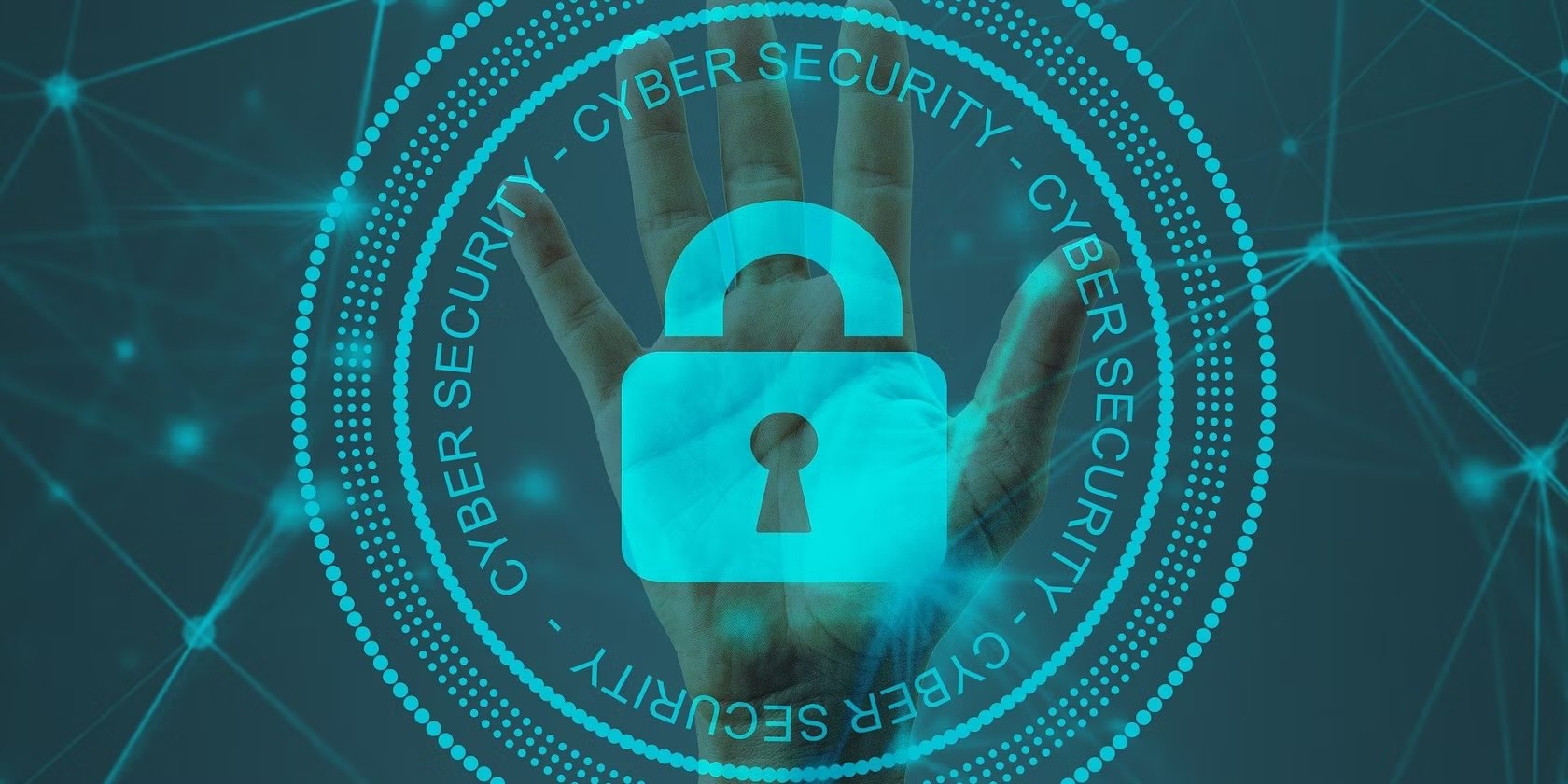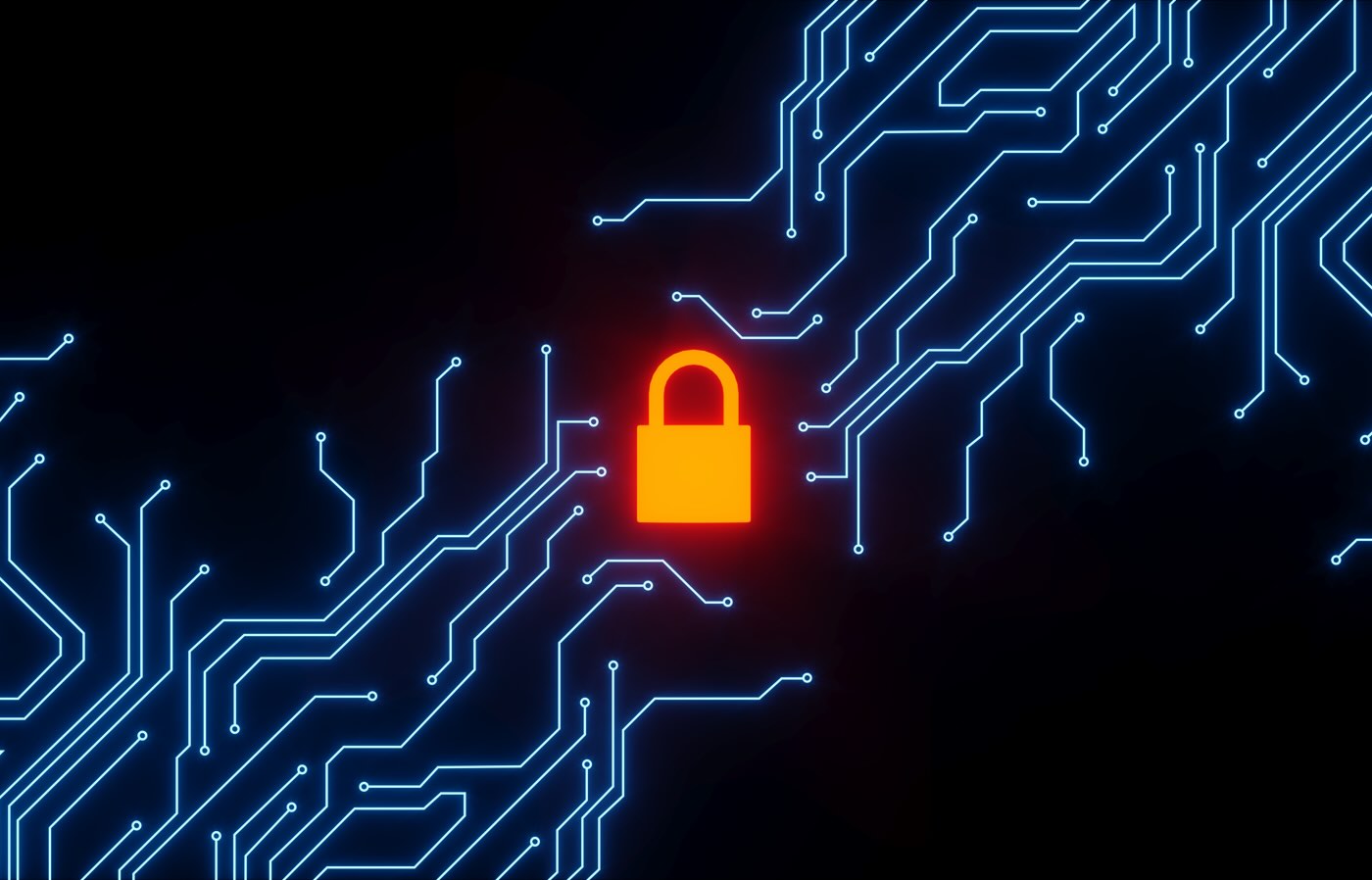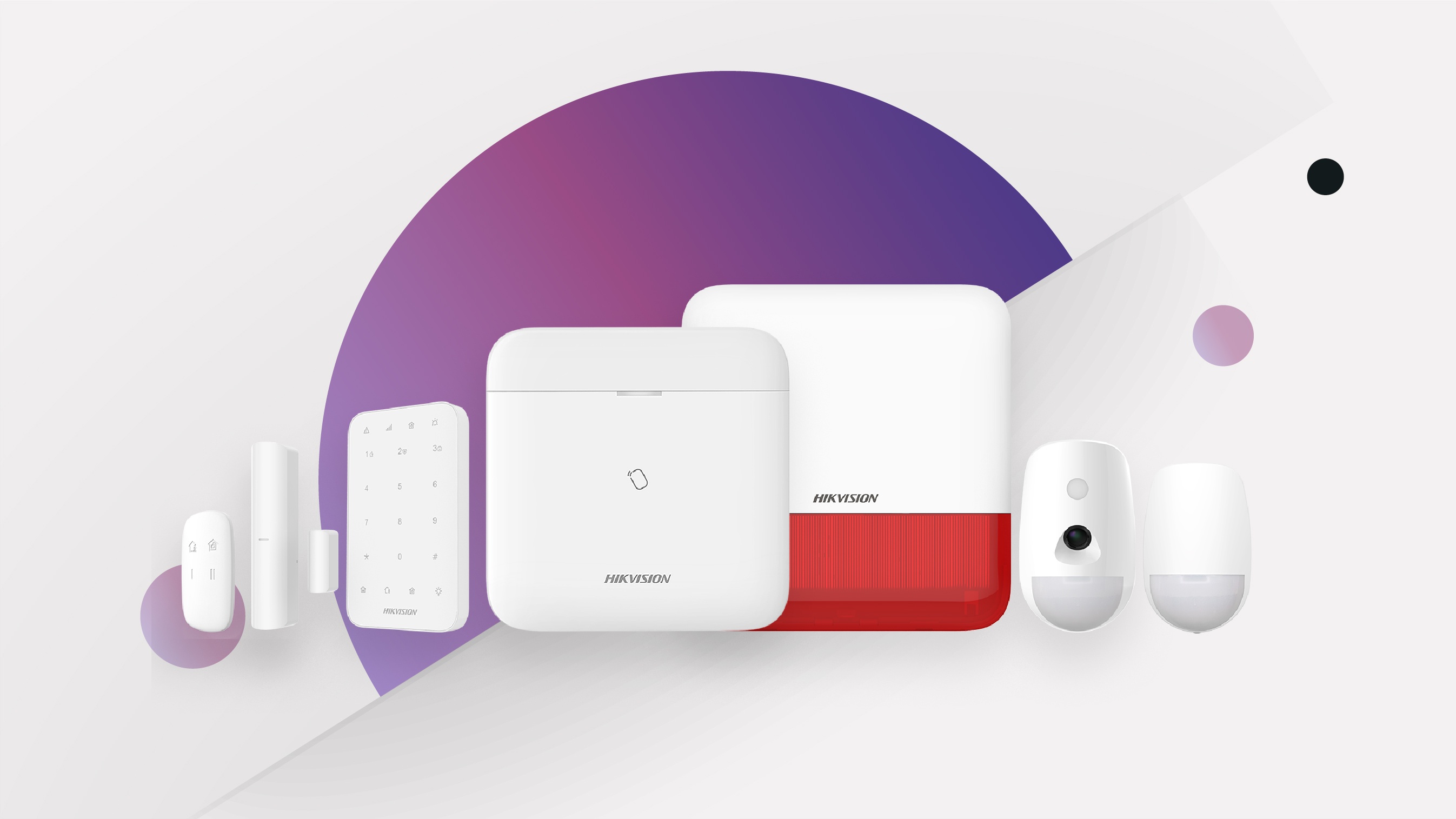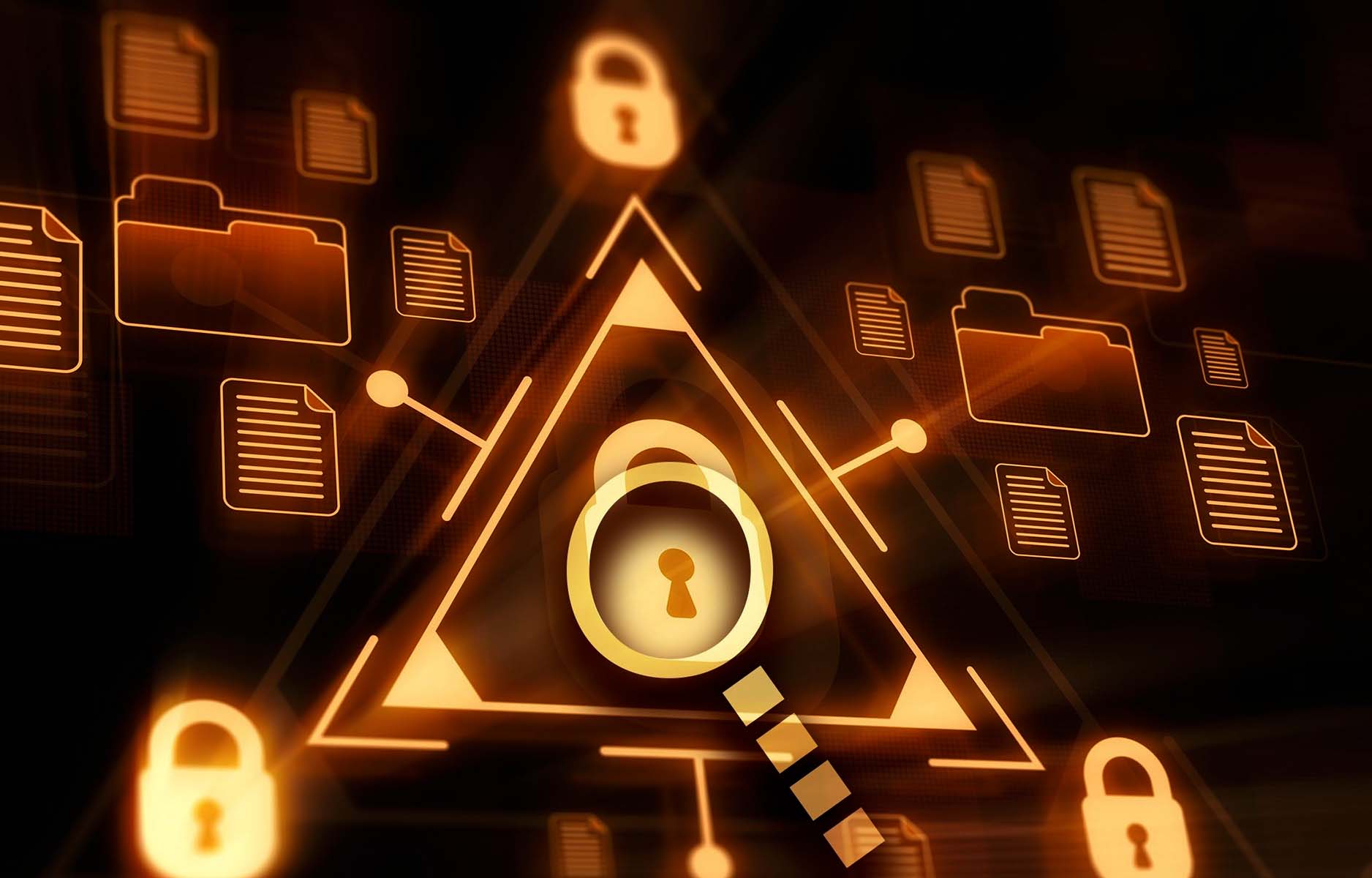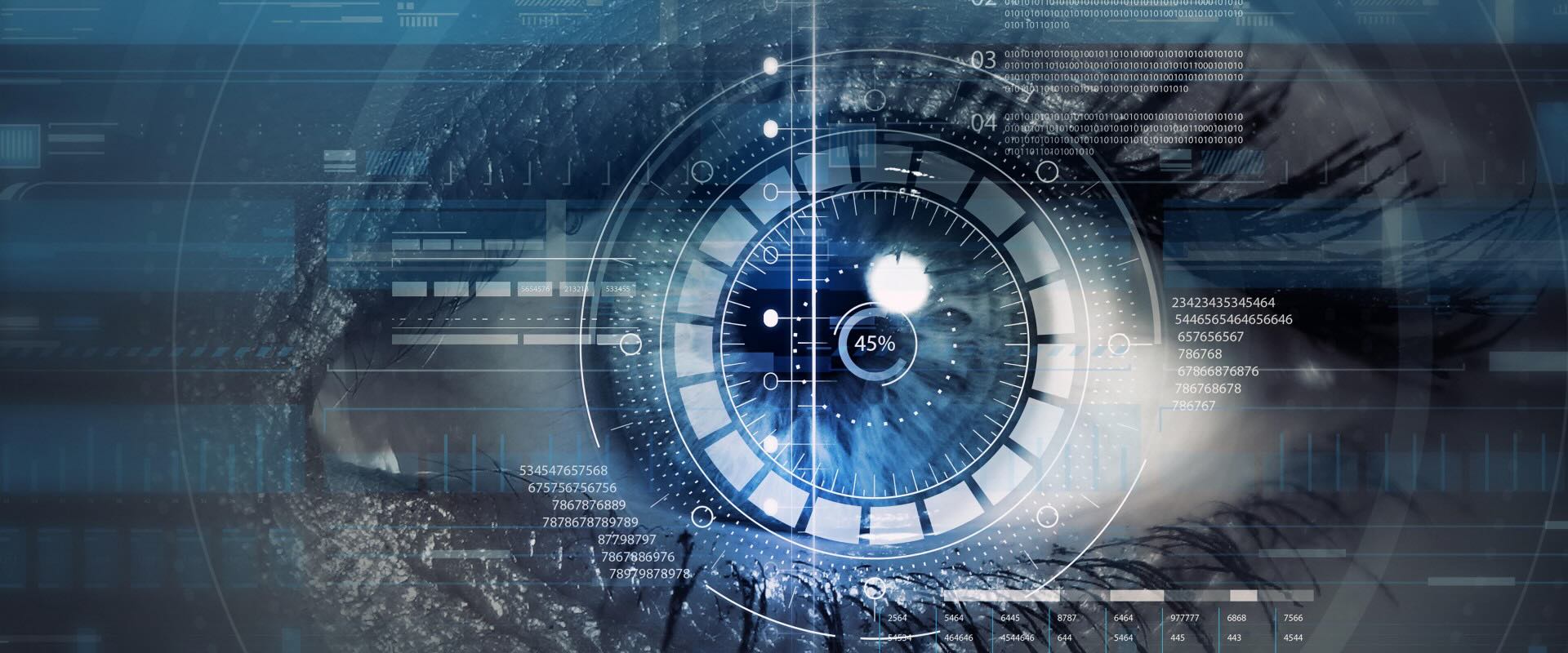Home>Home Security and Surveillance>Why Does Healthcare Need Intrusion Detection


Home Security and Surveillance
Why Does Healthcare Need Intrusion Detection
Modified: October 21, 2024
Discover why healthcare institutions need intrusion detection to enhance home security and surveillance. Protect sensitive data and ensure patient safety.
(Many of the links in this article redirect to a specific reviewed product. Your purchase of these products through affiliate links helps to generate commission for Storables.com, at no extra cost. Learn more)
Introduction
With the growing reliance on digital systems in the healthcare industry, the need for robust security measures has become more critical than ever. Cyber attacks targeting healthcare organizations have been on the rise, compromising sensitive patient information and disrupting critical healthcare operations. To combat these threats, intrusion detection systems play a vital role in identifying and preventing unauthorized access and malicious activities within healthcare networks.
Intrusion detection refers to the process of monitoring and analyzing network traffic to detect any signs of unauthorized access or potential security breaches. The system works by examining network packets, network behavior, and system logs to identify anomalies or patterns that indicate a security threat. Intrusion detection systems are designed to provide real-time alerts and response mechanisms to protect healthcare systems from potential attackers.
The importance of intrusion detection in the healthcare industry cannot be overstated. Healthcare organizations store an abundance of sensitive data, including patient medical records, payment information, and intellectual property. A breach in the security of these systems can not only result in significant financial loss but also have severe consequences for patient safety and confidentiality. It is imperative for healthcare providers to implement intrusion detection systems as part of their overall cybersecurity strategy to safeguard patient information and maintain the trust and integrity of their operations.
Healthcare systems are especially vulnerable to cyber attacks due to the interconnected nature of the industry. The increasing adoption of electronic health records (EHR), interconnected medical devices, and telehealth platforms creates a broader attack surface for cybercriminals. Additionally, healthcare organizations often face resource constraints that hinder their ability to invest in robust cybersecurity measures. These vulnerabilities make intrusion detection systems an essential component of a comprehensive security framework for healthcare providers.
Key Takeaways:
- Healthcare needs intrusion detection to protect patient data, prevent cyber attacks, and ensure the continuity of critical healthcare services in the face of growing digital vulnerabilities.
- Intrusion detection systems play a crucial role in identifying and responding to potential security threats, safeguarding patient confidentiality, and meeting regulatory requirements in the healthcare industry.
Read more: Why Use An Intrusion Detection System
Definition of Intrusion Detection
Intrusion detection is a cybersecurity mechanism that aims to identify unauthorized access, malicious activities, and potential security breaches within a computer network or system. It involves the monitoring and analysis of network traffic and system logs to detect and respond to any signs of intrusion. Intrusion detection systems (IDS) are designed to provide real-time alerts and generate reports on potential security threats, allowing organizations to take necessary actions to mitigate risks.
There are two main types of intrusion detection systems:
- Network-based Intrusion Detection Systems (NIDS): NIDS monitor network traffic by analyzing data packets to identify any suspicious or malicious activities. They operate at the network level and can detect network-based attacks, such as unauthorized access attempts, malware infections, and denial-of-service (DoS) attacks.
- Host-based Intrusion Detection Systems (HIDS): HIDS focus on individual hosts or devices within a network. They monitor system logs, file integrity, and user activities to detect any anomalies or signs of intrusion. HIDS can identify attacks that originate from within the network, such as insider threats, compromised user accounts, or unauthorized changes to system configurations.
Intrusion detection systems utilize various techniques to identify potential security threats. These techniques include:
- Signature-based detection: This method involves comparing network traffic or system logs against a database of known attack signatures. If a match is found, an alert is triggered. Signature-based detection is effective in detecting known attacks but may miss zero-day exploits and new forms of malware.
- Anomaly-based detection: Anomaly-based detection identifies deviations from normal network or system behavior. It establishes a baseline of normal behavior and raises alerts when activities deviate significantly from the baseline. This method is useful for detecting novel and unknown threats but may also generate false positives.
- Behavior-based detection: This approach focuses on detecting specific patterns or behaviors associated with different types of attacks. It looks for suspicious activities, such as multiple failed login attempts, unusual network communication, or unauthorized file access. Behavior-based detection is effective against sophisticated attacks that can evade traditional detection methods.
Intrusion detection systems are an integral part of comprehensive cybersecurity strategies. They provide valuable insights into the security posture of an organization and enable proactive responses to potential threats. By continuously monitoring network traffic and system activities, intrusion detection systems play a crucial role in maintaining the integrity, confidentiality, and availability of critical healthcare systems and protecting sensitive patient information from cyber threats.
Importance of Intrusion Detection in Healthcare
Intrusion detection plays a crucial role in safeguarding the healthcare industry from the increasing threats posed by cybercriminals. Healthcare organizations handle vast amounts of sensitive data, including patients’ medical records, personal information, and financial data. By implementing a robust intrusion detection system, healthcare providers can mitigate the risks of data breaches and unauthorized access, ensuring the confidentiality, integrity, and availability of critical healthcare systems. Here are some key reasons why intrusion detection is essential in the healthcare industry:
- Protection of patient data: Intrusion detection systems monitor network and system activities to identify any unauthorized access attempts or malicious activities. By promptly detecting and alerting on potential threats, healthcare organizations can take immediate action to protect and secure sensitive patient data. This helps to maintain patient confidentiality and comply with privacy regulations such as the Health Insurance Portability and Accountability Act (HIPAA).
- Prevention of data breaches: Data breaches in the healthcare industry can have severe consequences, leading to financial losses, reputational damage, and compromised patient safety. Intrusion detection systems enable early detection of potential security breaches, allowing healthcare providers to respond quickly, contain the breach, and prevent further damage. This proactive approach helps minimize the impact of data breaches and reduces the risk of unauthorized access to patient records.
- Identification of insider threats: Healthcare organizations face not only external threats but also internal risks. Insider threats can come from employees, contractors, or other trusted individuals with access to sensitive data. Intrusion detection systems monitor user activities, file access, and system logs to identify any suspicious or unauthorized behavior. This enables the organization to detect and prevent insider threats, protecting patient information from being misused or stolen.
- Ensuring continuity of healthcare services: Cyber attacks, such as ransomware or distributed denial-of-service (DDoS) attacks, can disrupt healthcare operations, leading to delays in patient care, loss of critical data, and financial implications. Intrusion detection systems help in detecting and mitigating such attacks, allowing healthcare providers to maintain the availability and uninterrupted delivery of essential healthcare services.
- Compliance with regulatory requirements: The healthcare industry is subject to stringent regulatory requirements, such as HIPAA, which mandate the protection of patient data. Intrusion detection systems assist healthcare organizations in meeting these compliance requirements by continuously monitoring for potential security incidents, generating audit logs, and providing evidence of security measures taken to protect patient information.
Intrusion detection systems are an integral component of a comprehensive cybersecurity strategy for healthcare organizations. By actively monitoring network traffic, system activities, and user behavior, these systems strengthen the overall security posture of healthcare systems and help protect patient confidentiality, maintain the integrity of critical medical data, and ensure the continuity of healthcare services.
Vulnerabilities in Healthcare Systems
The healthcare industry faces numerous vulnerabilities that make it an attractive target for cybercriminals. These vulnerabilities stem from a combination of technological, operational, and regulatory factors. Understanding these vulnerabilities is crucial for healthcare organizations to implement effective security measures and safeguard patient data. Here are some of the common vulnerabilities in healthcare systems:
- Legacy Systems: Many healthcare organizations still rely on outdated and legacy systems that may have known vulnerabilities. These systems often lack regular security updates and patches, making them an easy target for cyber attacks.
- Insufficient Staff Training: Healthcare employees may not receive adequate training on cybersecurity best practices. This lack of awareness increases the risk of falling victim to phishing attacks, social engineering, or inadvertent data breaches.
- Insecure IoT Devices: The proliferation of Internet of Things (IoT) devices in healthcare, such as connected medical devices and wearables, introduces additional vulnerabilities. These devices often have weak security controls, making them susceptible to hacking and compromising patient safety and privacy.
- Third-Party Risk: Healthcare organizations frequently rely on third-party vendors for various services, such as cloud storage, medical billing, and telehealth platforms. If these vendors have poor security practices, it can expose healthcare systems to potential breaches.
- Phishing and Social Engineering: Cybercriminals often exploit human weaknesses through tactics like phishing emails, phone scams, or impersonation. Healthcare employees may unknowingly disclose sensitive information or inadvertently install malware that enables unauthorized access to the network.
- Weak Passwords and Authentication: Weak passwords and lax authentication practices make it easier for cybercriminals to gain unauthorized access to healthcare systems. This can lead to data breaches, unauthorized tampering with patient records, and other malicious activities.
- Increased Connectivity: The growing interconnectedness of healthcare systems and networks increases the attack surface for cybercriminals. Interconnected systems provide more entry points for potential breaches, infiltration, and lateral movement within the network.
- Insider Threats: Healthcare organizations must also address the risk of insider threats, whether intentional or unintentional. Employees or insiders with access to sensitive information may intentionally misuse or steal data, or their actions may inadvertently compromise security.
Addressing these vulnerabilities requires a multi-layered approach to cybersecurity. Healthcare organizations should regularly assess and update their systems, implement strong access controls and authentication protocols, provide ongoing staff training on cybersecurity best practices, and establish partnerships with secure and reliable third-party vendors. It is essential to prioritize cybersecurity as an integral part of healthcare operations to protect patient data and ensure the provision of safe and secure healthcare services.
Benefits of Intrusion Detection in Healthcare
Implementing intrusion detection systems in healthcare organizations provides numerous benefits that are essential for maintaining the confidentiality, integrity, and availability of critical healthcare systems and patient data. Here are some key advantages of intrusion detection in healthcare:
- Early Detection of Security Incidents: Intrusion detection systems continuously monitor network traffic, system logs, and user activities to detect and alert on potential security incidents in real-time. This allows healthcare organizations to respond promptly and mitigate the impact of breaches or attacks.
- Protection of Patient Confidentiality: Intrusion detection systems play a crucial role in protecting patient confidentiality by preventing unauthorized access and data breaches. By detecting and responding to potential threats, these systems help ensure that patient records and sensitive healthcare information remain secure.
- Reduction of Data Breach Risks: Intrusion detection systems aid in the identification and prevention of data breaches. By monitoring for suspicious activities and potential vulnerabilities, these systems enable healthcare organizations to proactively address security risks, minimizing the risk of data breaches and associated legal, financial, and reputational consequences.
- Enhanced Incident Response: Intrusion detection systems provide healthcare organizations with valuable information on the nature and scope of security incidents. This information enables a more effective incident response, enabling organizations to isolate affected systems, mitigate damage, restore services, and collect evidence for forensic analysis.
- Compliance with Regulatory Requirements: Healthcare organizations must adhere to various regulatory requirements, such as HIPAA, which mandate the protection of patient data and privacy. Intrusion detection systems assist in meeting these compliance obligations by monitoring for potential security incidents, generating audit logs, and providing evidence of due diligence in protecting sensitive information.
- Improved Operational Continuity: Cyber attacks can disrupt healthcare operations, leading to delays in patient care and financial losses. By detecting and mitigating cyber threats, intrusion detection systems help ensure the continuity of healthcare services, minimizing downtime and safeguarding patient welfare.
- Threat Intelligence and Awareness: Intrusion detection systems provide valuable insights into emerging cyber threats and attack patterns. This information helps healthcare organizations stay abreast of the evolving threat landscape, allowing them to proactively update their security measures and defenses.
Intrusion detection systems are a crucial component of a comprehensive cybersecurity strategy for healthcare organizations. By providing early detection, protection against data breaches, compliance with regulations, improved incident response, and enhanced operational continuity, these systems empower healthcare organizations to protect patient information, maintain trust, and effectively combat the growing threat of cyber attacks in the healthcare industry.
Read more: What Is Wireless Intrusion Detection
Challenges in Implementing Intrusion Detection in Healthcare
Although intrusion detection systems are vital for protecting healthcare systems from cyber threats, implementing and maintaining these systems in the healthcare industry comes with its own set of challenges. Here are some common challenges that healthcare organizations may face when implementing intrusion detection:
- Integration with Legacy Systems: Healthcare organizations often have complex IT infrastructures with legacy systems that may not easily integrate with modern intrusion detection solutions. Upgrading or integrating intrusion detection systems with these legacy systems can be challenging and require additional resources and expertise.
- Resource Constraints: Many healthcare organizations operate with limited IT budgets and staff, making it difficult to allocate sufficient resources for implementing and managing intrusion detection systems effectively. Limited resources can impact the organization’s ability to perform regular system updates, conduct thorough security monitoring, and respond promptly to detected incidents.
- Complexity of Healthcare Networks: Healthcare networks are highly complex, consisting of various interconnected systems, medical devices, and third-party applications. The diverse nature of these networks poses challenges for implementing intrusion detection systems that can effectively monitor and detect threats across the entire infrastructure.
- False Positives/Negatives: Intrusion detection systems may generate false alerts or fail to detect certain types of attacks, leading to either an inundation of false positives or a failure to identify actual security incidents. These false signals can add to the complexity of incident response and may impact the trust and effectiveness of the intrusion detection system.
- User Awareness and Training: Employees in healthcare organizations may not have adequate cybersecurity awareness or training. Lack of user education can make it challenging to identify and report security incidents, and employees may unknowingly engage in risky behaviors that compromise the effectiveness of intrusion detection systems.
- Data Privacy Concerns: Healthcare organizations must balance the need for intrusion detection with patient privacy requirements. Intrusion detection systems collect and analyze network and system data, which can raise concerns regarding the privacy and confidentiality of patient information. Careful consideration and implementation of privacy protection measures are essential to address these concerns.
- Ongoing Maintenance and Updates: Intrusion detection systems require regular maintenance, monitoring, and updates to ensure they remain effective against emerging threats. This includes applying security patches, updating detection rules, and continuously monitoring system performance. Maintaining these systems can be resource-intensive and time-consuming for healthcare organizations.
To successfully implement intrusion detection in healthcare, organizations must address these challenges by allocating adequate resources, investing in employee cybersecurity training, partnering with experienced vendors, and regularly updating and maintaining their intrusion detection systems. By overcoming these challenges, healthcare organizations can enhance their overall security posture and effectively protect patient data from cyber threats.
Tip: Implementing intrusion detection systems in healthcare can help protect sensitive patient data and prevent unauthorized access to medical devices, reducing the risk of cyber attacks and ensuring patient safety.
Best Practices for Intrusion Detection in Healthcare
Implementing effective intrusion detection systems is critical for healthcare organizations to protect patient data and maintain the integrity of their systems. To ensure a robust intrusion detection approach, healthcare organizations should follow these best practices:
- Perform Risk Assessments: Conduct regular risk assessments to identify potential vulnerabilities and threats within the healthcare network. This assessment will help prioritize security measures and tailor intrusion detection efforts to address specific risks.
- Deploy a Multi-Layered Defense: Implement a multi-layered defense strategy that includes a combination of network intrusion detection systems (NIDS) and host intrusion detection systems (HIDS). This approach provides comprehensive coverage by monitoring both network traffic and individual systems for potential threats.
- Stay Up-to-Date with Security Updates: Regularly update intrusion detection systems with the latest security patches and firmware upgrades. Keep abreast of emerging vulnerabilities and advancements in intrusion detection technology to ensure the system remains effective against evolving threats.
- Create Strong Access Controls: Implement strong access controls and authentication mechanisms to prevent unauthorized access to healthcare systems. This includes enforcing complex passwords, two-factor authentication, and role-based access policies.
- Monitor Network Traffic Continuously: Intrusion detection systems should monitor network traffic continuously, capturing and analyzing network packets to detect any suspicious or malicious activities. Implement real-time alerts and notifications to enable immediate action when potential security incidents are detected.
- Implement Behavioral-Based Detection: Incorporate behavioral-based detection techniques to identify unusual patterns or activities that deviate from the normal behavior of the network or system. This approach helps detect sophisticated attacks and zero-day exploits that traditional signature-based detection may miss.
- Encrypt Sensitive Data: Encrypt sensitive data at rest and in transit to protect it from unauthorized access. Utilize encryption technologies, such as Secure Sockets Layer (SSL) and Transport Layer Security (TLS), to secure data transmissions within the network.
- Establish an Incident Response Plan: Develop a clear and well-documented incident response plan that outlines the steps to be taken in the event of a security incident. This plan should include defined roles and responsibilities, incident escalation procedures, and protocols for communication and coordination with relevant stakeholders, such as IT staff, legal teams, and regulatory authorities.
- Regularly Educate and Train Employees: Provide ongoing cybersecurity training and education for all employees to raise awareness about phishing attacks, social engineering, and other common security threats. Encourage a culture of security awareness and reporting among staff members.
- Conduct Regular Audits and Assessments: Regularly audit and assess the effectiveness of intrusion detection systems and associated security measures. Conduct penetration tests and vulnerability assessments to identify weaknesses and take corrective actions to strengthen the overall security posture.
By following these best practices, healthcare organizations can enhance their intrusion detection capabilities and better protect patient data and critical systems from evolving cybersecurity threats. Implementing a comprehensive and proactive approach to intrusion detection is essential for maintaining a secure healthcare environment and ensuring patient confidentiality and trust.
Case Studies of Successful Intrusion Detection in Healthcare
Implementing intrusion detection systems has proven to be effective in protecting healthcare organizations from cyber threats. Here are two notable case studies that highlight successful intrusion detection implementations in the healthcare industry:
Case Study 1: XYZ Medical Center
XYZ Medical Center, a large healthcare facility, faced increasing cybersecurity challenges due to the interconnected nature of its systems and the potential risks posed by malware and insider threats. The organization implemented a comprehensive intrusion detection system that combined network-based and host-based detection strategies.
The network-based intrusion detection system continuously monitored network traffic for any signs of suspicious activities, such as unauthorized access attempts and unusual data transfers. Real-time alerts were generated to the security team, enabling them to respond swiftly to potential security incidents. Additionally, host-based intrusion detection systems were deployed on critical servers and endpoints to monitor and analyze system logs, user activities, and file integrity.
This integrated intrusion detection approach proved crucial in identifying and preventing several cyber attacks. The system detected and neutralized malware infections, thwarted unauthorized attempts to access patient medical records, and even uncovered an insider threat incident involving a compromised user account. By promptly addressing these security incidents, XYZ Medical Center was able to protect patient data, maintain operational continuity, and strengthen its overall security posture.
Case Study 2: ABC Healthcare System
ABC Healthcare System, a regional healthcare network, recognized the need for robust intrusion detection capabilities to fortify its cybersecurity defenses. The organization implemented an advanced intrusion detection system that employed behavior-based detection techniques, leveraging machine learning algorithms and AI-driven analytics.
The system analyzed network traffic and user behavior to establish baselines of normal activity, enabling it to identify anomalies and suspicious patterns indicative of potential security threats. This behavior-based approach was particularly effective in detecting sophisticated attacks, such as insider threats and zero-day exploits, that could have evaded signature-based detection methods.
By continuously monitoring network traffic, the intrusion detection system successfully detected and prevented an attempted ransomware attack on one of the healthcare system’s critical servers. The system flagged abnormal file access and communication patterns, prompting immediate response from the cybersecurity team. The attack was thwarted, and the impacted server was isolated and restored, preventing any data loss or disruptions to patient care.
Following the successful implementation of the intrusion detection system, ABC Healthcare System experienced a significant reduction in the number and impact of security incidents. The organization could proactively detect and respond to potential threats, safeguard patient data, and maintain the trust and integrity of its healthcare services.
These case studies demonstrate the value of intrusion detection systems in the healthcare industry. By implementing robust and comprehensive intrusion detection strategies, healthcare organizations can mitigate cyber threats, protect patient data, and ensure the continuity of critical healthcare services.
Conclusion
Intrusion detection systems play a critical role in protecting healthcare organizations from the growing threat of cyber attacks. With the proliferation of digital systems and the increasing reliance on interconnected networks, the healthcare industry faces significant vulnerabilities that can compromise patient data, disrupt healthcare services, and lead to financial and reputational damage. It is essential for healthcare organizations to implement intrusion detection systems as part of their comprehensive cybersecurity strategy.
Through the implementation of intrusion detection systems, healthcare organizations can detect and respond to potential security incidents in real-time, safeguard patient confidentiality, prevent data breaches, and ensure the availability of critical healthcare systems. These systems continuously monitor network traffic, system logs, and user behavior to identify unusual or suspicious activities that may indicate a security threat.
Furthermore, intrusion detection systems aid in meeting regulatory requirements, such as HIPAA, by providing the necessary security controls and mechanisms to protect patient data. They also enable healthcare organizations to detect and mitigate insider threats, monitor for unauthorized access attempts, and enhance incident response capabilities.
While implementing intrusion detection systems in healthcare may come with challenges such as legacy system integration, resource constraints, and false positives/negatives, these can be addressed through careful planning, adequate resource allocation, ongoing monitoring and maintenance, and employee education and training.
The case studies highlighted the success of intrusion detection systems in real-world healthcare scenarios. From thwarting ransomware attacks to identifying insider threats, these systems have proven their value in protecting patient data and maintaining the continuity of healthcare services.
In conclusion, intrusion detection systems are an integral component of a comprehensive cybersecurity framework for healthcare organizations. By implementing robust intrusion detection measures, healthcare providers can proactively defend against cyber threats, ensure patient confidentiality, and safeguard the integrity and availability of critical healthcare systems. Investing in intrusion detection systems is not just a matter of compliance; it is a necessity for protecting patients and maintaining trust in a rapidly evolving digital healthcare landscape.
Frequently Asked Questions about Why Does Healthcare Need Intrusion Detection
Was this page helpful?
At Storables.com, we guarantee accurate and reliable information. Our content, validated by Expert Board Contributors, is crafted following stringent Editorial Policies. We're committed to providing you with well-researched, expert-backed insights for all your informational needs.
